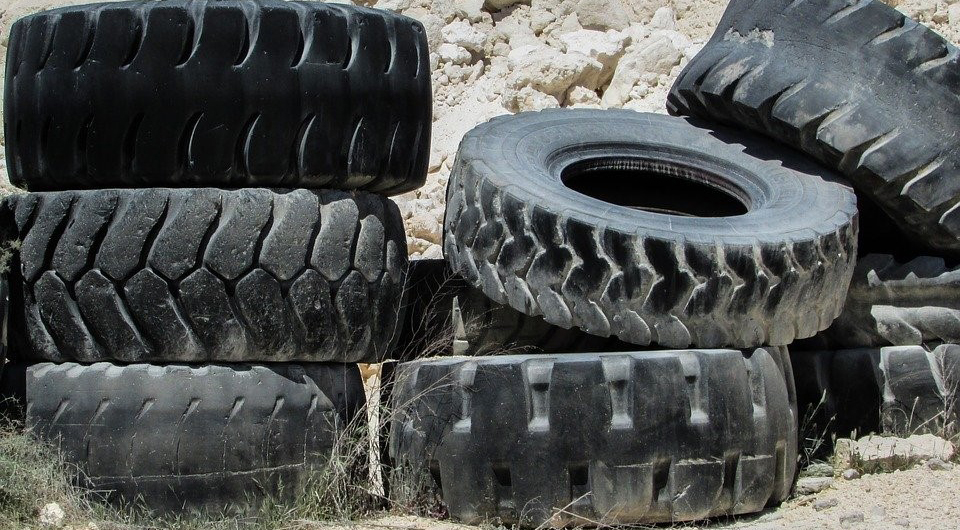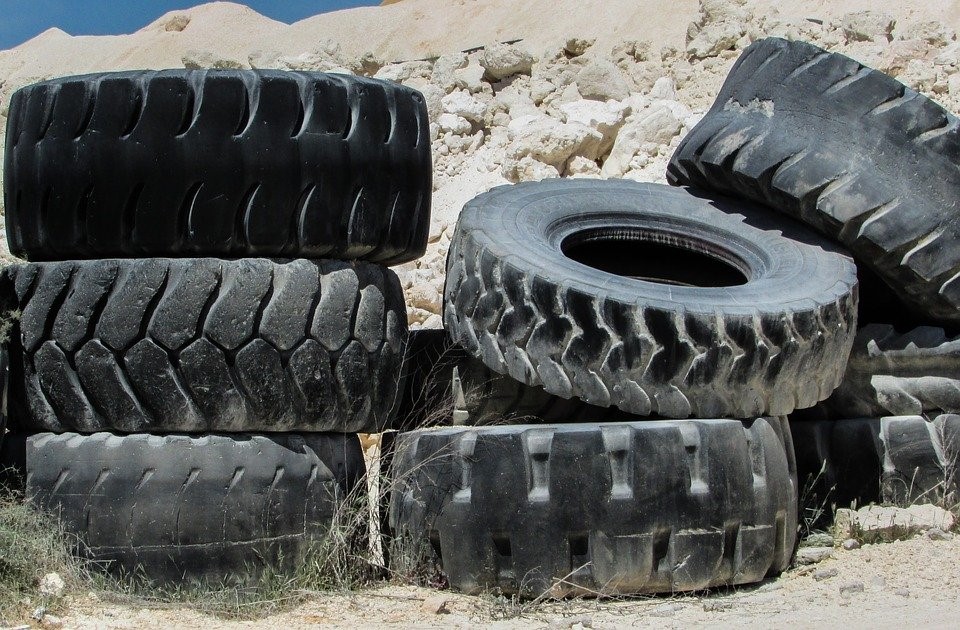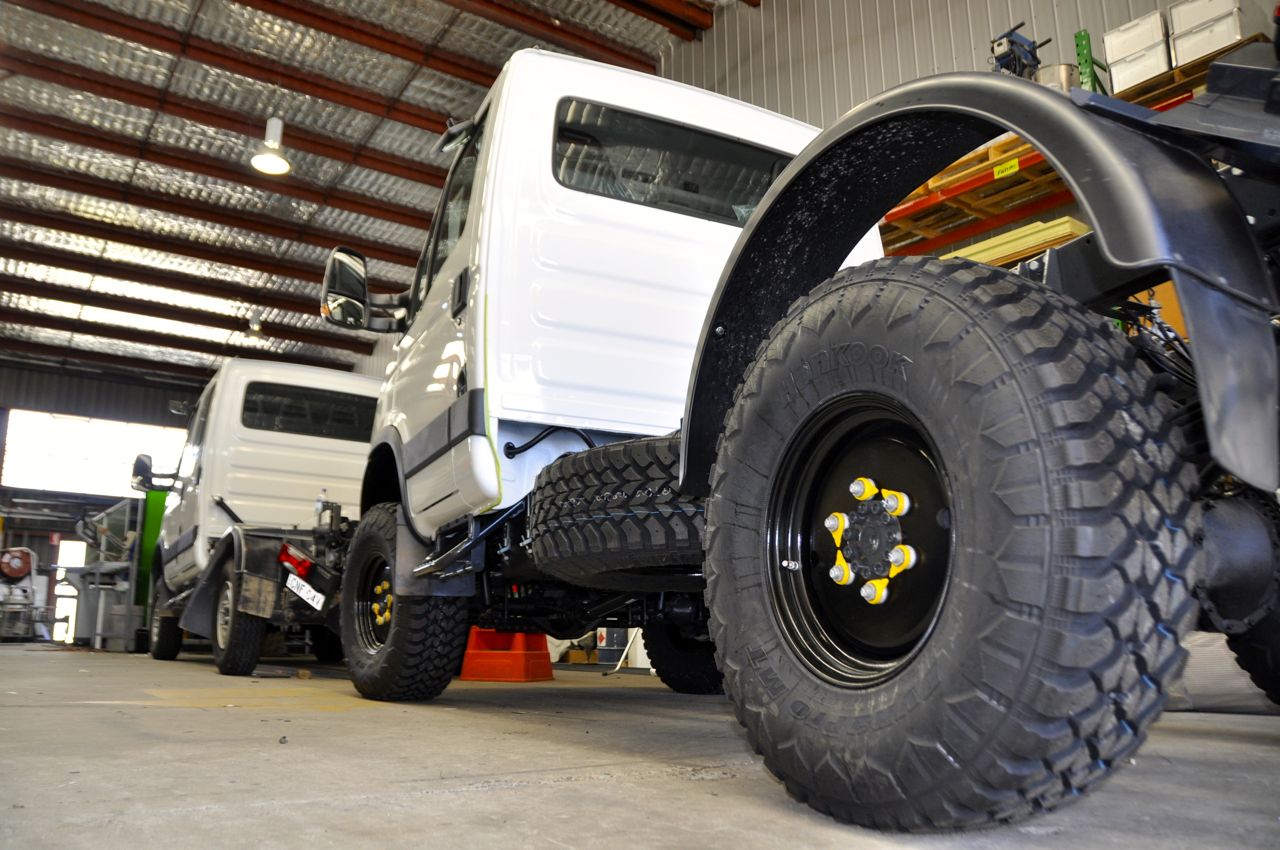
At a glance:
- Environmental factors like road salt and moisture, along with chemical reactions, play a pivotal role in wheel corrosion, leading to rust and pitting.
- Regular cleaning, proper washing techniques, and the use of protective coatings and sealants shield wheels from corrosive elements.
- Long-term wheel care emphasises regular inspections, timely addressing of corrosion signs, and ongoing protective measures to prevent future corrosion and ensure wheels’ optimal performance and durability.
Wheels are a crucial component of any vehicle, and their functionality directly impacts the overall performance and safety. However, over time, wheels and their components can succumb to corrosion, leading to a myriad of problems.
In this blog post, we will delve into the world of wheel corrosion, exploring its causes, types, prevention techniques, and restoration methods. By understanding these aspects, we can ensure the longevity and optimal performance of our vehicle’s wheels and rims.
Definition and Significance of Wheel Corrosion
Wheel corrosion refers to the deterioration and damage that occurs on the surface of wheels and rims due to environmental factors and chemical reactions. It is a pervasive problem, especially in regions with harsh climates or where roads are treated with salt during winter. The significance of addressing wheel corrosion lies in preserving the structural integrity of the wheels and safeguarding the vehicle’s overall performance and safety.
Importance of Prevention and Remediation
Prevention and remediation are two critical approaches to combat wheel corrosion. Preventive measures not only save time and money in the long run but also extend the life of wheels and enhance their appearance. On the other hand, timely remediation can salvage corroded wheels and prevent the corrosion from spreading further, avoiding expensive replacements. By focusing on both prevention and remediation, vehicle owners can maintain their wheels in top-notch condition and reduce the risk of accidents caused by wheel failure.
Causes and Types of Wheel Corrosion
Environmental Factors:
One of the primary causes of wheel corrosion is exposure to harsh environmental elements. Road salt used to de-ice roads in winter, moisture from rain & snow, and chemicals from industrial areas can all contribute to wheel corrosion. The combination of these factors creates an ideal environment for corrosion to take place, gradually compromising the integrity of the wheels.
Chemical Reactions and Oxidation Processes:
When metals in the wheels come into contact with moisture and oxygen, they undergo chemical reactions that lead to oxidation. This process weakens the metal, causing corrosion. Additionally, contaminants such as brake dust and road debris can accelerate these reactions, exacerbating the corrosion process and making it more challenging to prevent.
Common Types of Wheel Corrosion:
The most prevalent types of wheel corrosion include rust, which appears as reddish-brown flakes on the surface, and pitting, which causes small, localised holes on the wheel’s surface. Rust is particularly common in areas where roads are salted during winter, while pitting is often a result of exposure to corrosive chemicals or prolonged contact with moisture and contaminants. Another common form of corrosion is stress corrosion cracking – this type of corrosion occurs under certain mechanical stress conditions, leading to cracks and fractures in the wheel material.
Prevention of Wheel Corrosion
To prevent wheel corrosion and maintain the wheels in pristine condition, vehicle owners can adopt the following best practices:
Regular Cleaning and Maintenance:
Regularly cleaning the wheels helps remove dirt, grime, and corrosive substances that can lead to oxidation. A gentle yet thorough cleaning routine is essential to ensure the wheels stay corrosion-free.
Proper Washing Techniques:
Using the right washing techniques, such as using soft brushes and wheel-specific cleaning agents, can protect the wheels from scratches and chemical damage, preserving their appearance and integrity.
Removing Debris and Contaminants:
Promptly removing debris and contaminants from the wheels prevents chemical reactions and reduces the likelihood of corrosion, preserving the wheel’s surface quality.
Protective Coatings and Treatments:
Applying protective coatings, such as ceramic coatings or clear sealants, forms a barrier against environmental elements and corrosive substances, providing long-lasting protection.
Wheel Sealants and Waxes:
Wheel sealants and waxes offer additional protection and can be applied after regular cleaning, enhancing the wheels’ resistance to corrosion.
Anti-Corrosion Sprays and Solutions:
Specialised anti-corrosion sprays can be applied to susceptible areas of the wheels for added protection, targeting vulnerable spots effectively.
Avoidance of Corrosive Environments:
When possible, avoiding roads treated with salt during winter or areas with chemical pollutants can reduce the risk of wheel corrosion, preserving the wheels’ condition.
Storing Vehicles in Dry Areas:
Storing vehicles in dry and sheltered areas can protect the wheels from excessive moisture and corrosive substances, minimising the chances of corrosion.
Minimising Exposure to Salt or Chemicals:
When driving on salted roads, consider washing the wheels afterwards to remove any lingering salt, preventing it from causing corrosion over time.
Remediation of Wheel Corrosion
If wheel corrosion has already occurred, it is crucial to address it promptly to prevent further damage. The following step-by-step process can be employed for wheel restoration:
Identification and Assessment of Corrosion Damage:
Inspect the wheels thoroughly to identify the extent of the corrosion and determine the appropriate restoration approach. Assessing the damage will help determine the best course of action for restoring the wheels to their optimal condition.
Removing Surface Rust and Debris:
Utilise appropriate tools and techniques to carefully remove surface rust and debris from the affected areas. This step ensures a clean foundation for the restoration process and prevents further corrosion from spreading.
Sanding and Polishing Affected Areas:
Gently sand the corroded areas to smoothen any rough surfaces and prepare them for restoration. Polishing the affected areas helps restore the wheels’ original lustre and appearance.
Applying Touch-Up Paint or Protective Coatings:
After sanding and polishing, applying touch-up paint to cover minor blemishes can improve the wheels’ aesthetics. Additionally, reapplying protective coatings or sealants provides an added layer of defence against future corrosion.
Seeking Professional Assistance if Necessary:
In cases of severe corrosion or when unsure about the restoration process, seeking the help of a professional wheel restoration service is advisable. Professionals have the expertise and specialised equipment to perform a thorough and effective restoration, ensuring the wheels are restored to their optimal condition.
Best Practices for Long-Term Wheel Care
To maintain wheels in prime condition for the long term, vehicle owners should adopt the following best practices:
Regular Inspections and Maintenance Routines:
Conducting regular inspections of the wheels is crucial to detect early signs of corrosion or damage. Implementing a consistent maintenance routine allows vehicle owners to address potential issues promptly before they escalate. Inspections can be performed during regular service intervals or whenever the vehicle is cleaned.
Prompt Addressing of Any Signs of Corrosion:
If any signs of corrosion are noticed during inspections or routine cleaning, swift action is essential. Ignoring early signs of corrosion can lead to more extensive damage and costly repairs in the future. Timely intervention can prevent further deterioration and extend the life of the wheels.
Ongoing Protective Measures to Prevent Future Corrosion:
Preventive measures are key to long-term wheel care. Continuously implementing protective measures helps shield the wheels from environmental elements and corrosive substances. Regular cleaning using appropriate techniques removes contaminants that could trigger corrosion. Applying protective coatings, such as ceramic coatings or sealants, provides an added layer of defence against moisture, chemicals, and road debris.
Selecting the Right Cleaning Products:
Choosing the right cleaning products is essential for maintaining wheel integrity. Wheel-specific cleaning agents that are formulated to be non-corrosive and safe for the wheel’s material should be used. Avoid using harsh chemicals or abrasive cleaning tools that can damage the wheel’s surface.
Monitoring Driving Habits:
Driving habits can also impact wheel conditions. Avoiding rough roads, potholes, and curbs can help minimise the risk of wheel damage. Additionally, being mindful of where the vehicle is parked can reduce exposure to corrosive elements in the environment.
Rotating Tyres Regularly:
Rotating the tyres at recommended intervals ensures even wear and distributes the load evenly among all wheels. This practice can prevent excessive stress on specific wheels, reducing the likelihood of localised corrosion.
Avoiding Overloading the Vehicle:
Overloading a vehicle places extra strain on the wheels and can lead to premature wear and tear. Staying within the recommended weight limits helps maintain wheel integrity and longevity.
Conclusion
Understanding wheel corrosion and taking proactive measures to prevent and remediate it are crucial for maintaining the longevity and optimal performance of vehicle wheels and rims. By acknowledging the causes and types of wheel corrosion, we can adopt preventive practices that shield our wheels from harsh environmental factors and chemical reactions.
Regular cleaning, using proper washing techniques, and removing debris are essential in preventing corrosion. Applying protective coatings, wheel sealants, and anti-corrosion sprays provides an added layer of defence. Avoiding corrosive environments and storing vehicles in dry areas further safeguards the wheels from damage.
In the event that corrosion has already occurred, timely remediation through a step-by-step restoration process is vital to prevent further deterioration. Seeking professional assistance for severe corrosion ensures a thorough and effective restoration.
By following the best practices for long-term wheel care, such as regular inspections, prompt addressing of corrosion signs, and continuous protective measures, vehicle owners can ensure their wheels remain in prime condition for years to come, reducing the risk of accidents and costly repairs. Embracing these practices empowers us to enjoy smoother, safer, and worry-free rides on the roads ahead.






